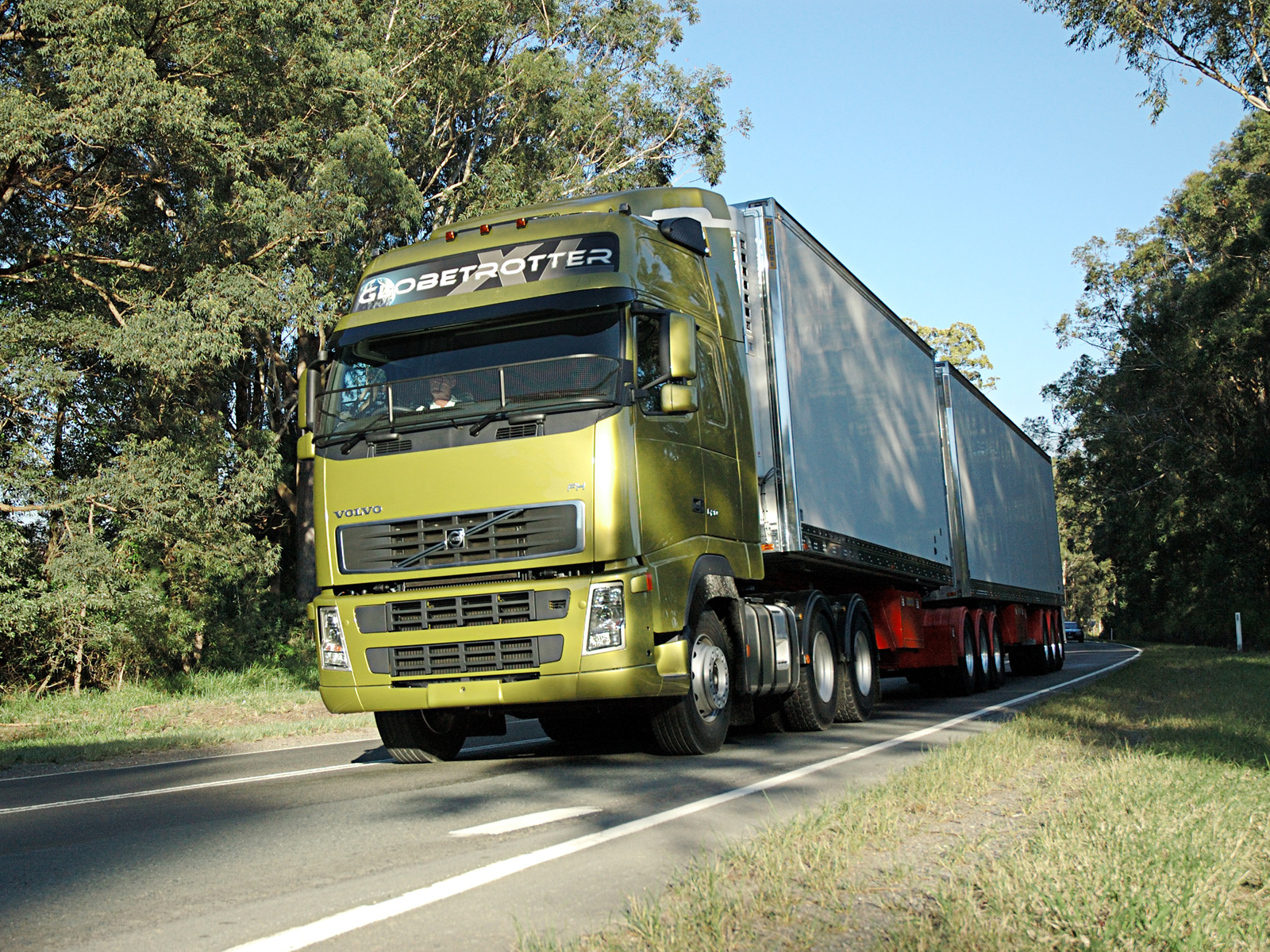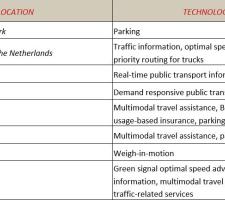
Pan-European, cross-border weigh-in-motion (WIM) for trucks is now a practical possibility, following successful Scandinavian trials within the EU-co-funded Mobinet (Internet of Mobility) programme. New technology is using strain sensors, located on load-bearing components and routinely installed in truck fleet management systems.
Truck builder
The NST project is managed by Norwegian technical research institute Sintef, and grew out of the Norwegian Truck Owners Association’s desire for a modern system for selectively detecting vehicles that were violating load weight (and other) regulations, freeing compliant trucks to bypass roadside checkpoints. The country currently requires all trucks to stop for inspection and particularly disadvantaged were operators supplying construction sites, whose trucks were being halted several times a day.
A preliminary survey of truck owners revealed that 67% were willing to share vehicle weight data if this delivered more efficient control.
Typical automated systems around the world use piezoelectric sensor arrays set in the road surface on the approaches to checkpoints, coupled with camera-based vehicle and number plate recognition systems. Those that comply can carry on, saving time and fuel; the US PrePass scheme claims to deliver benefits of US$8.68 per bypass.
This technology formed the basis of an earlier Norwegian project, outlined at the 2012
Vehicle-to-infrastructure (V2I) technology will enable a truck to wirelessly communicate such data, together with its identity, to a roadside receiver. This, in turn, will relay the information to a back office for checking, together with confirmation of, for example, insured and taxed status and satisfactory results of roadworthiness inspections, before sending back either an ‘all clear’ or ‘stop at the checkpoint’ message.
The driver receives this feedback via the onboard unit. A key benefit for road operators will be a Mobinet-based data registry of previous checks.
The core of the system is a technology platform, developed within Mobinet. Its components include a service directory, which maintains and publishes details of NST availability; the Mobiagent end-user interface for truck registration and searching; and an identity manager which authenticates, and allows back office access to, both truckers and road authorities.
The truckers can share the identity and status of their vehicles with the road authorities. Authorities can list checkpoints that offer NST service, manage them via a dashboard, and look up trucks originating from any participating country.
In a Europe-wide implementation using the Mobinet approach, NST technology is expected to deliver better cross-border control of foreign trucks that are at risk of infringing weight and other regulations in the country they are about to enter. The technology is also being seen as a contribution to implementation of new EU truck weight control regulations.
By May 2021 these regulations will require all EU member states to take ‘specific measures’ to identify vehicles likely to have exceeded maximum authorised weights. Allowable methods include the new NST-type onboard weighing as well as established in-road methods.
Member states will have to ensure that, each year, the number of checks they carry out are ‘a significant, representative cross-section of commercial vehicles of all categories’.
An NST trial began in 2015 with a proof-of-concept test involving Volvo, the Norwegian authorities and the country’s technology research company Sintef at a checkpoint in southern Norway. This showed the weight of a typical self-declared truck as being approximately 5% different from the weighbridge scale figure – seen as an adequate starting point.
Following a knowledge-sharing workshop on intelligent truck control staged at the 2015 ITS World Congress by the Swedish agency
Earlier this year, Trafikverket drove a truck three times along a predefined route between two conventional weighbridges to check both the accuracy and communications of the onboard system. The communication range, of about 800m, was similar to that in Norway.
Results showed deviations in total vehicle weights of between 100kg and 150kg, and in axle weights of between 100kg and 200kg, which, said Trafikverket’s Thomas Asp, “seems good”.
Tveit told ITS International: “We are pleased with the results, and in the process of proposing the technology as a permanent feature at Norwegian checkpoints. Sintef’s Terje Moen added that: “The project has also provided input for the physical design of future checkpoints.”
Benefits arising from the scheme taking place within Mobinet include a shorter development time, owing to the availability of resources for vehicle identity management and service registration/lookup. There is also the potential for information exchange between national databases, using the Mobinet platform. Any European road operating or enforcement authority will then need to access only a single interface to cover all incoming vehicles, saving itself administrative time and costs.
Agencies will also benefit from the availability of more detailed statistics on the numbers of laden and empty-running vehicles running in long-haul operations, in a pan-European context. Finally, there are expectations of fewer accidents caused by non-compliant and unroadworthy vehicles, which could lead to lower insurance premiums.
The project partners see no need to alter existing law enforcement processes and hope that the solution will be so appealing, due to its potential time savings, that truck operators will be willing to install it voluntarily.
Mobinet
Mobinet envisages a Europe-wide e-marketplace of seamless mobility services for business and individual users. NST is one of eight Mobinet pilots at sites across the continent (see table 1).
The programme is also playing a role within the evolving Mobility as a Service (
The initiative is a founding partner of the MaaS Alliance, set up to develop the concept, and outputs are being used in pilots and demonstrations across the EU.
An Ertico spokesperson saw Mobinet as “solving the roaming issues” for MaaS. On a local level, it will provide a platform where individual transport operators can publish their services and data. From this, MaaS providers will be able to source relevant information without needing to contact each source separately.













